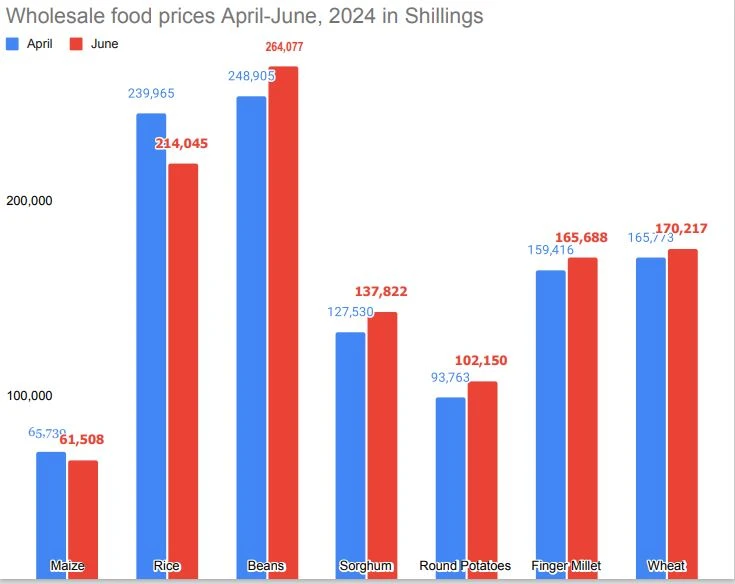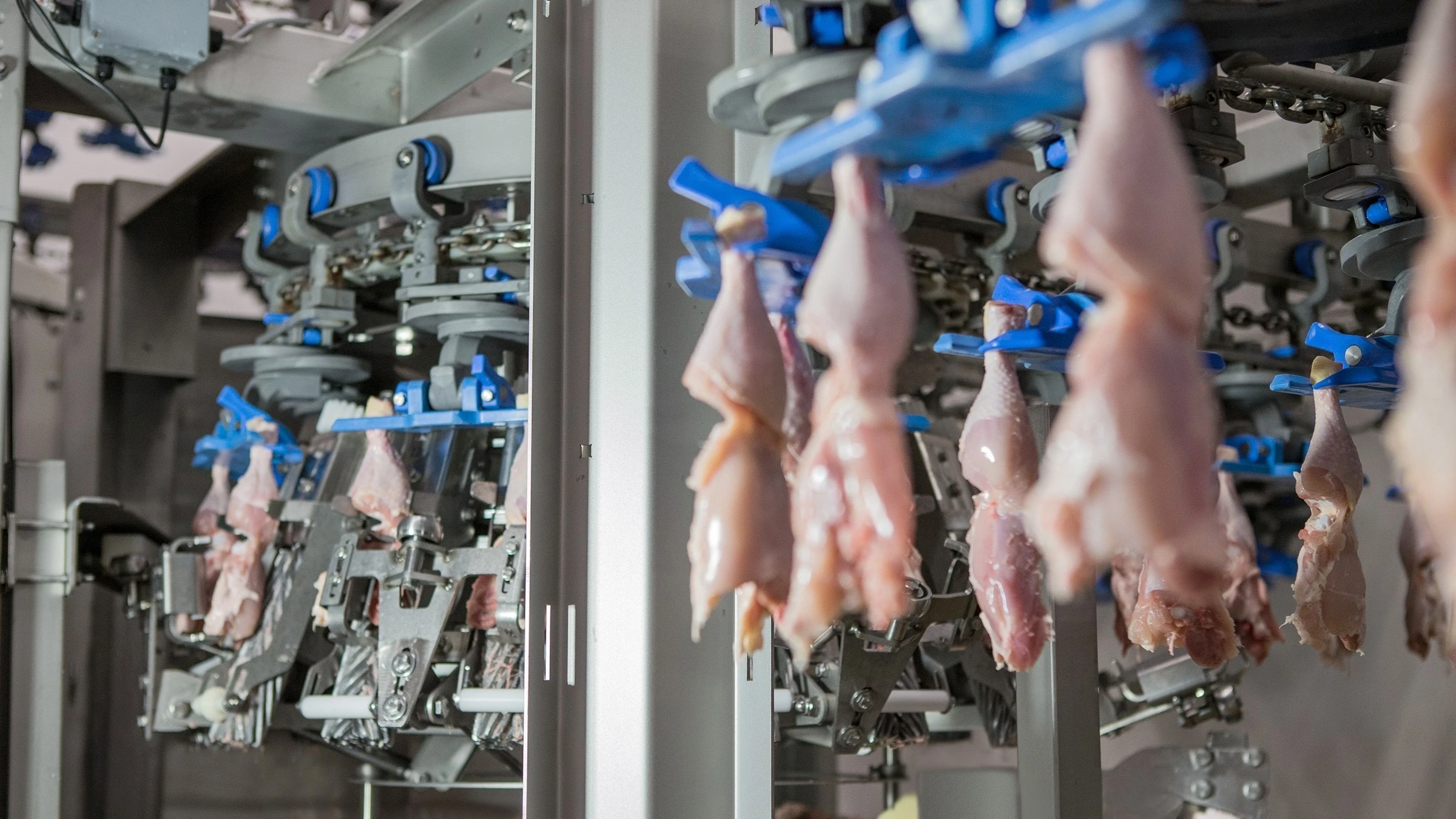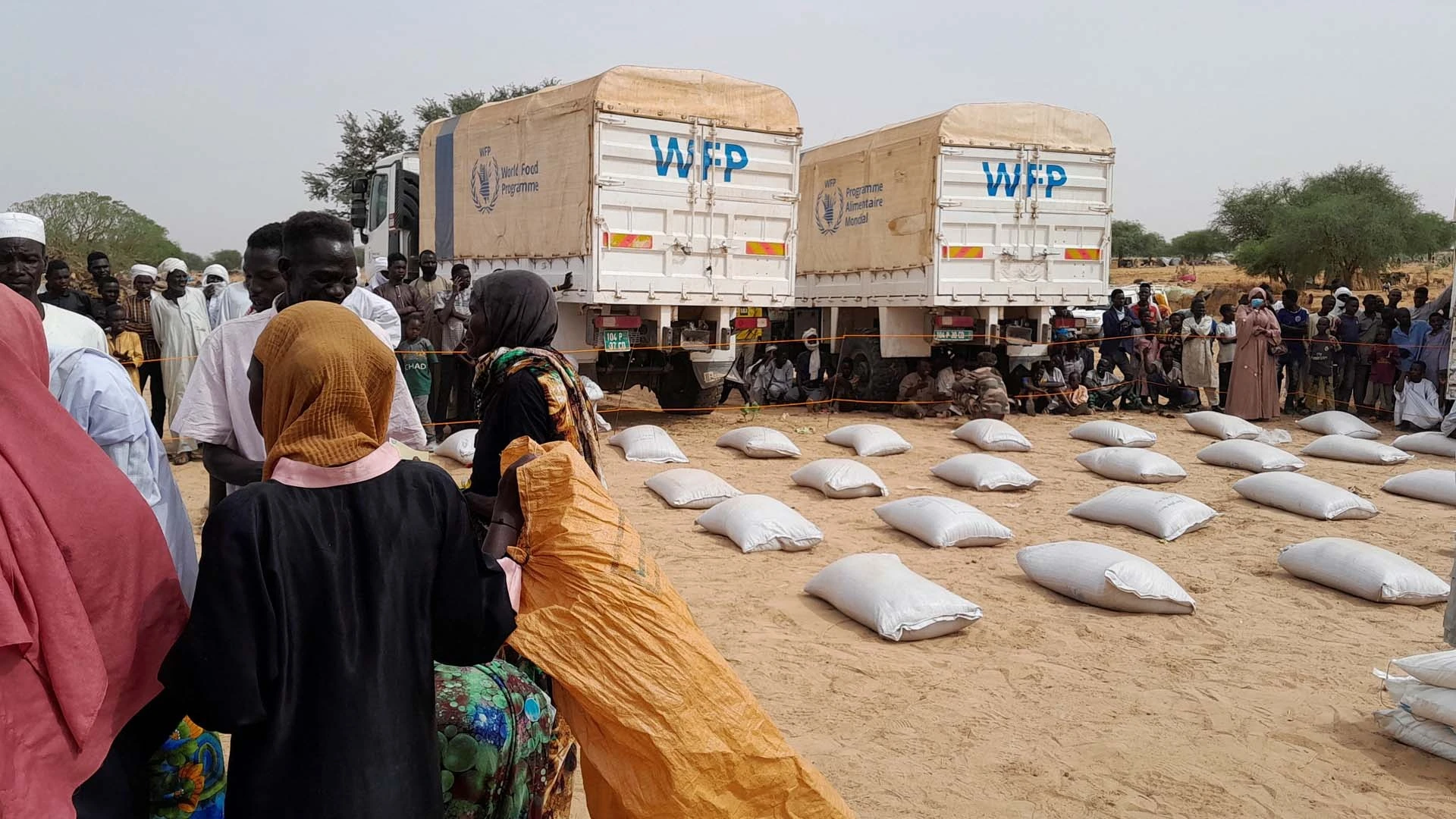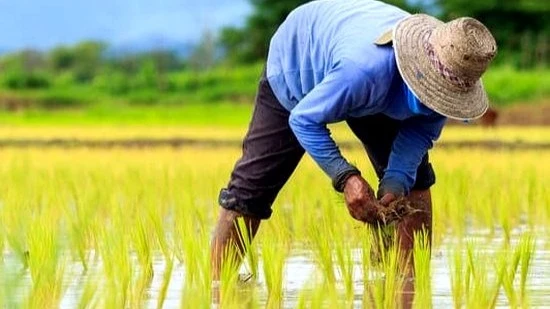Wholesale food prices record mixed trends in one quarter

The wholesale food prices experienced mixed trends during the last three months ended in June, worrying consumers over the stability of retail prices, in a post harvests season.
Data by the ministry of industry and trade and Bank of Tanzania (BoT) computations show that the wholesale prices of rice and maize recorded the declining trends, while the prices of beans, sorghum, round potatoes, finger millet and while showed the upward trends.
However, on an annual basis, the wholesale prices of all food commodities declined at the end of June, with maize, the main staple for both rural and urban areas, dropping by nearly 40 percent.
The ministry’s report shows the whole price of maize during the second quarter of this year declined to 61,508/- per 100-kilogramme in June from 65,739/- in April.
Minister of agriculture Hussein Bashe, said recently that Tanzania expects to produce 31.5 million tonnes of food crops compared with 20.4 million tonnes harvested last year.
He said the country expected to harvest over 10 million tonnes of maize during the 2024 season that runs between mid-June and July.
Bashe said Tanzania had produced 8.1 million tonnes of maize last year against a demand of 6 million tonnes, making a surplus of 2.1 million tonnes for export markets.
Tanzania’s annual total food demand and consumption for its population is about 15 million tonnes, mostly cereals and non-cereals, creating a surplus of food crops for export.
He advised maize traders to expand their businesses by looking for countries that have a shortage of maize through export permits under the coordination of the Agricultural Trade Management Information System.
The report shows that the price of rice dropped to 214,045/- at the end of June compared to 239,965/- reported in April this year.
With an estimated annual production of 2.2 million metric tons this year, Tanzania stands as the largest rice producer in the southern African region, with Southern Agricultural Growth Corridor of Tanzania (SAGCOT) driving a transformative agenda to enhance the crop production across the country.
SAGCOT is educating farmers on advanced agronomic practices, including the System of Rice Intensification (SRI) to increase yields by over 30 percent while using 40 percent less water compared to traditional methods.
However, climate change threatens the region’s food security since Tanzania produces over 80 percent of the rice produced in East Africa.
Post estimates for 2024/25 shows that rice production will increase 3 percent to 2.515 million Metric Tonnes, largely due to an expansion in area harvested.
Local sources report that many farmers are switching from maize to rice during the planting season as maize prices are currently half as low compared to same period in 2023.
Area harvested is also expected to expand as a result of ongoing GoT efforts to provide irrigation for rice production through the National Rice Development Strategy Phase II (NRDS-II) which seeks to reach 2.2 million hectares under rice production by 2030.
According to the industry and trade ministry, the wholesale price of beans increased to 264,077/- in June from 248,905/- in April.
The July report by the ministry of agriculture shows the national average retail price of beans stood at 2,500/- per kilo, but regions including Dodoma, Dar es Salaam, Lindi, Simiyu, Mtwara, Ruvuma, Mwanza and Kilimanjaro bought the commodity above the national average.
The wholesale price of sorghum also experienced similar trend as during June, 100-kilogramme of the food commodity was sold at 137,822/- an increase from 127,530/- recorded in April, while the price of round potatoes went up to 102,150/- from 93,763/- respectively.
The report show the price of finger millet increased to 165,688/- from 159,416/- while the wholesale price of wheat jumped to 170,217/- from 165,773/- respectively.
Top Headlines
© 2024 IPPMEDIA.COM. ALL RIGHTS RESERVED

























